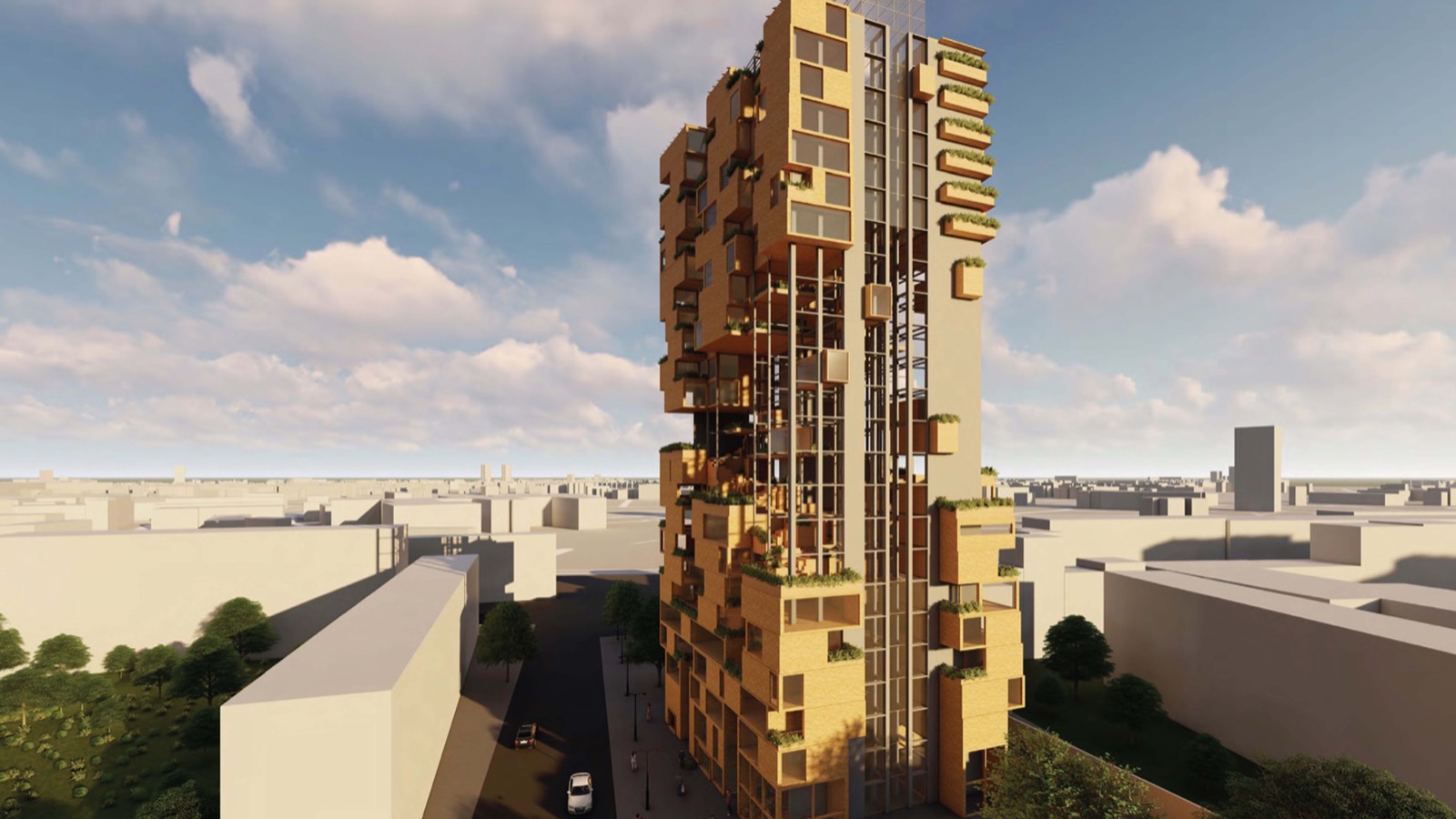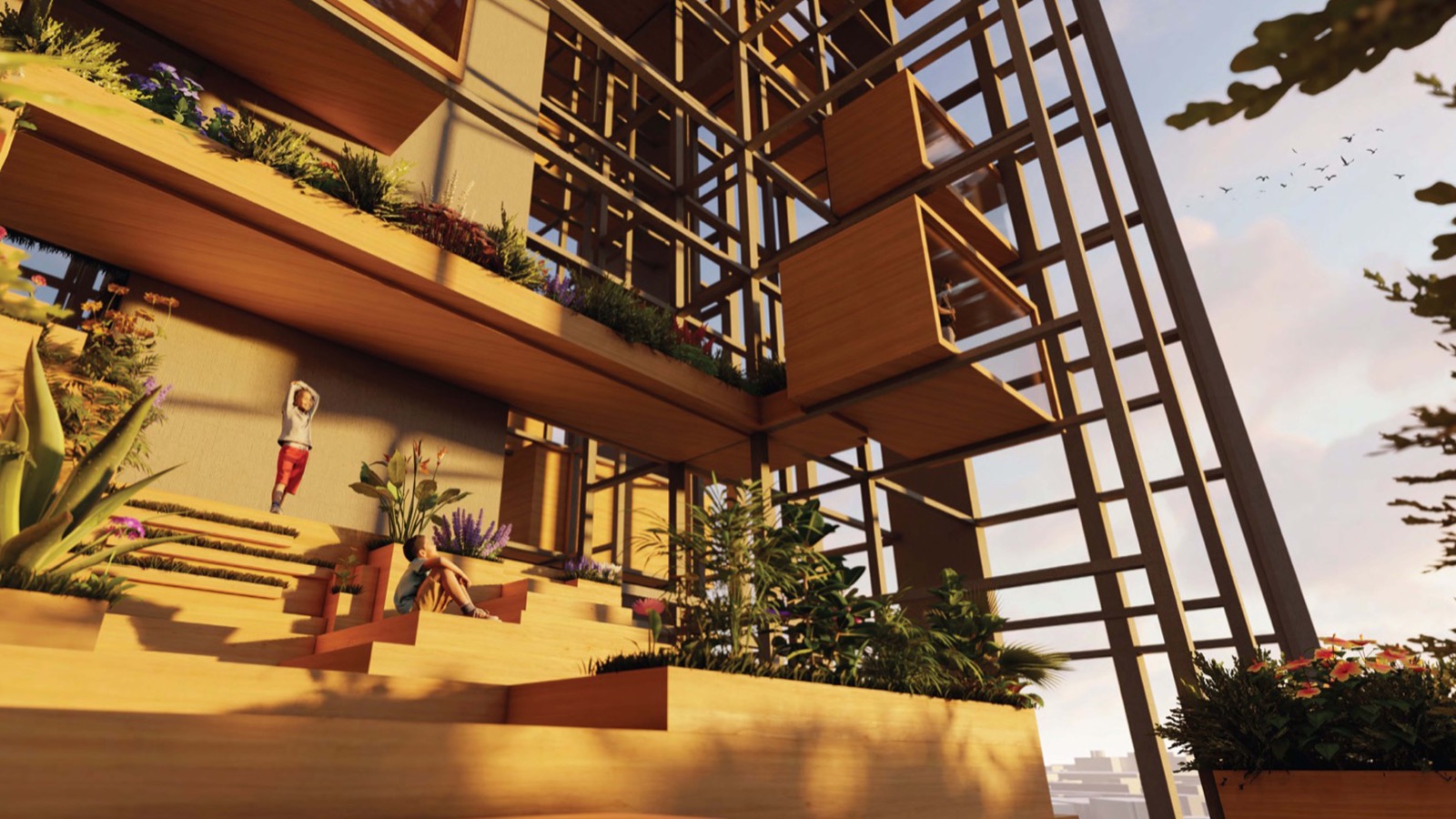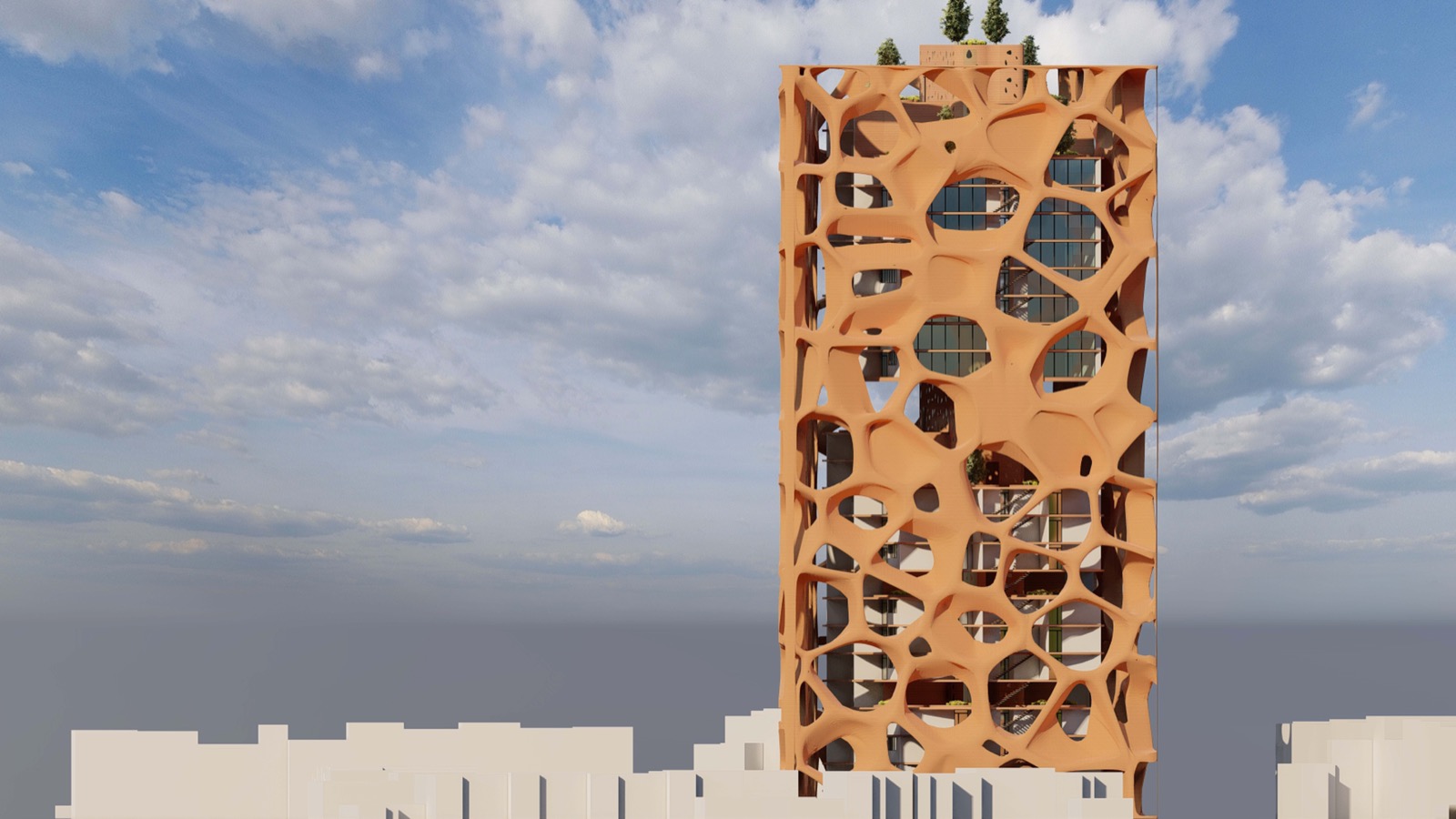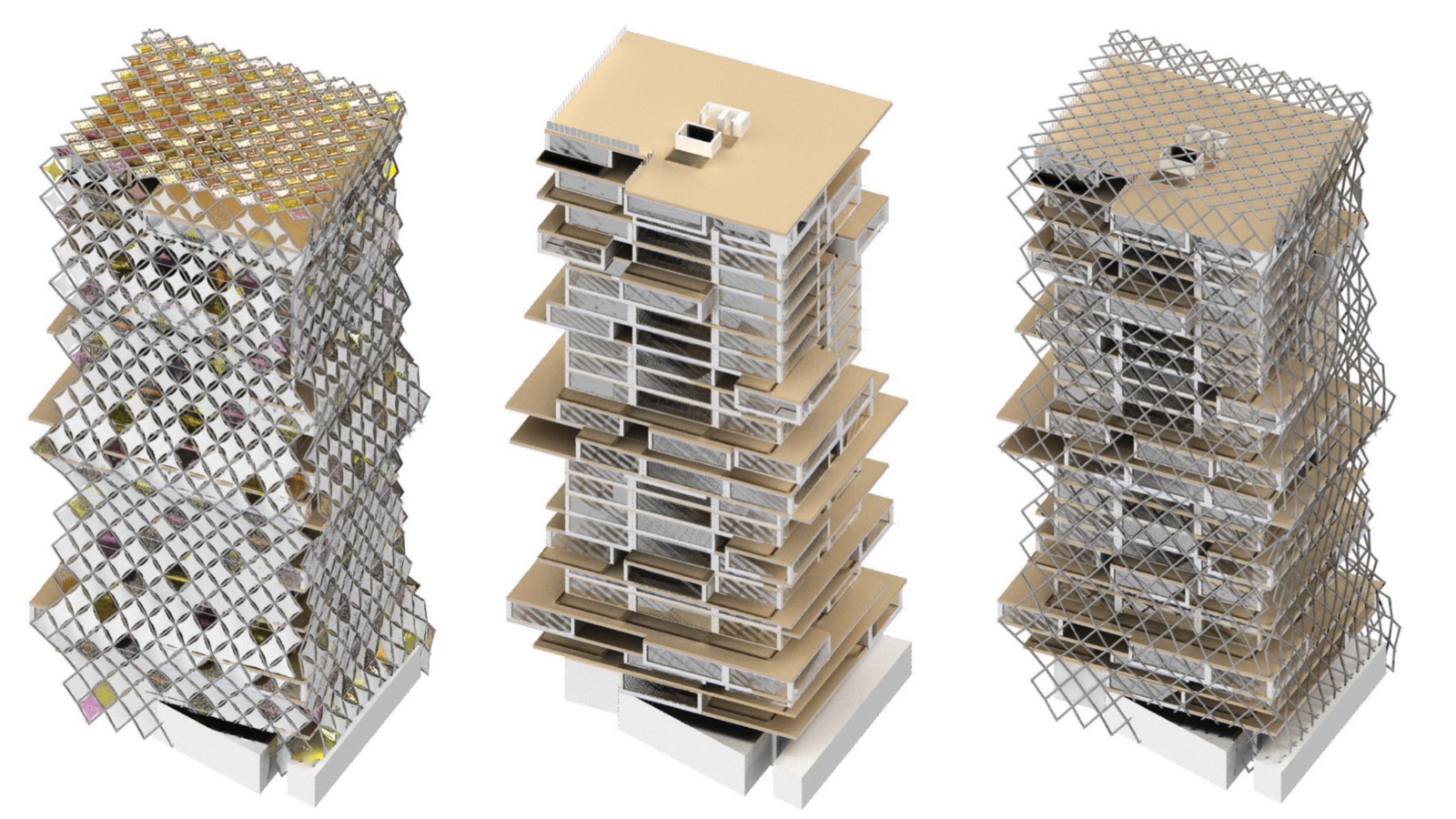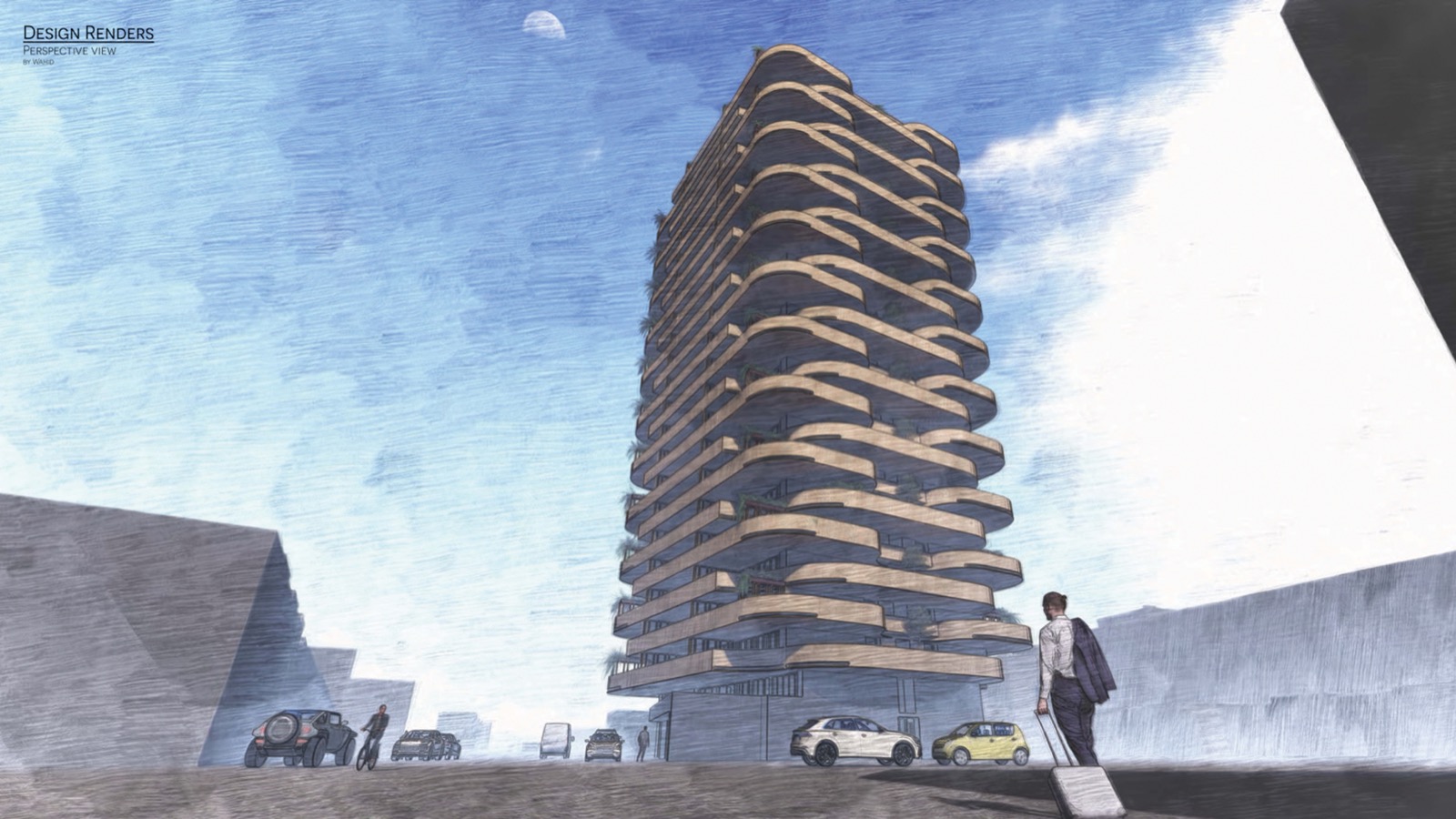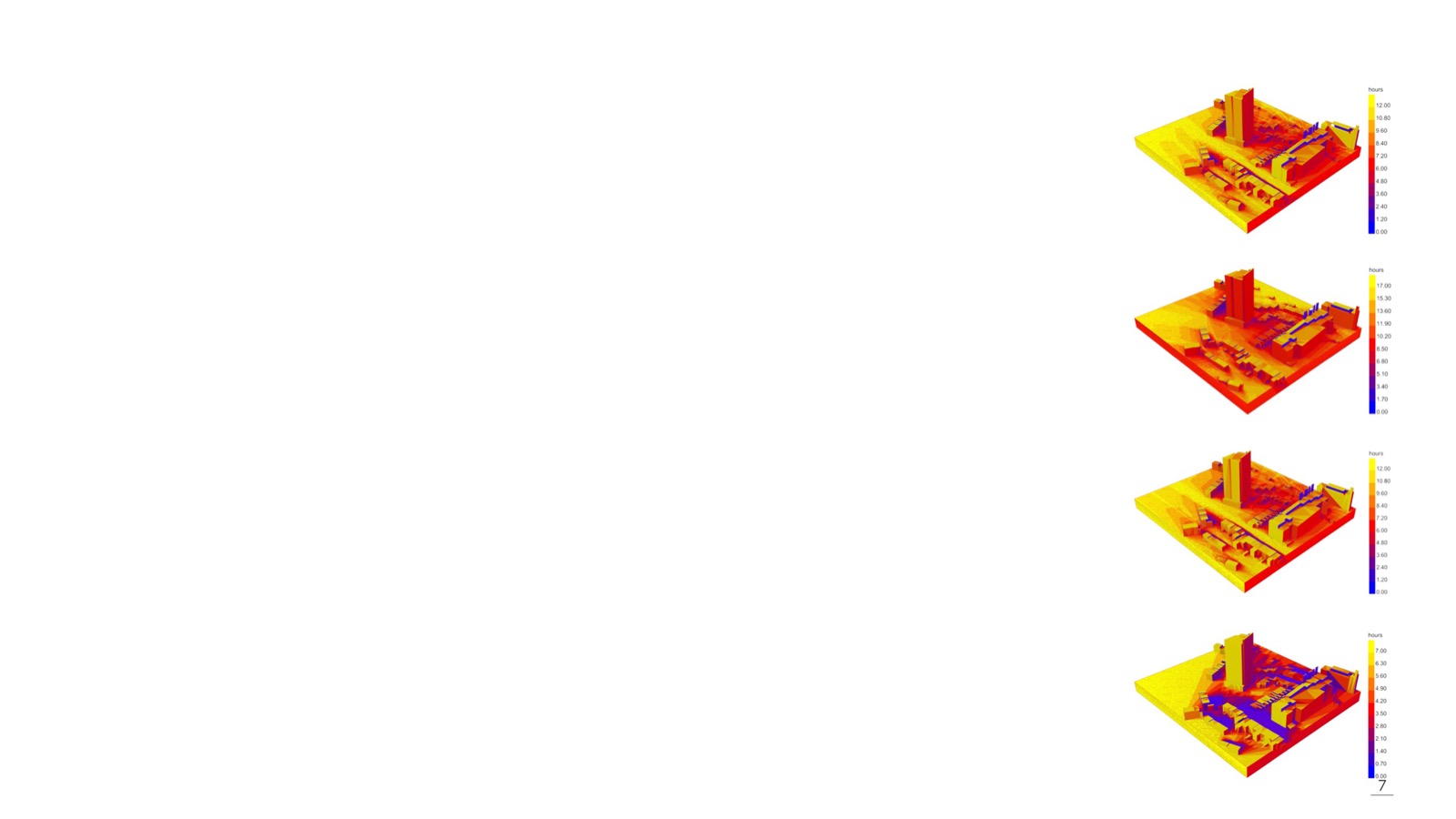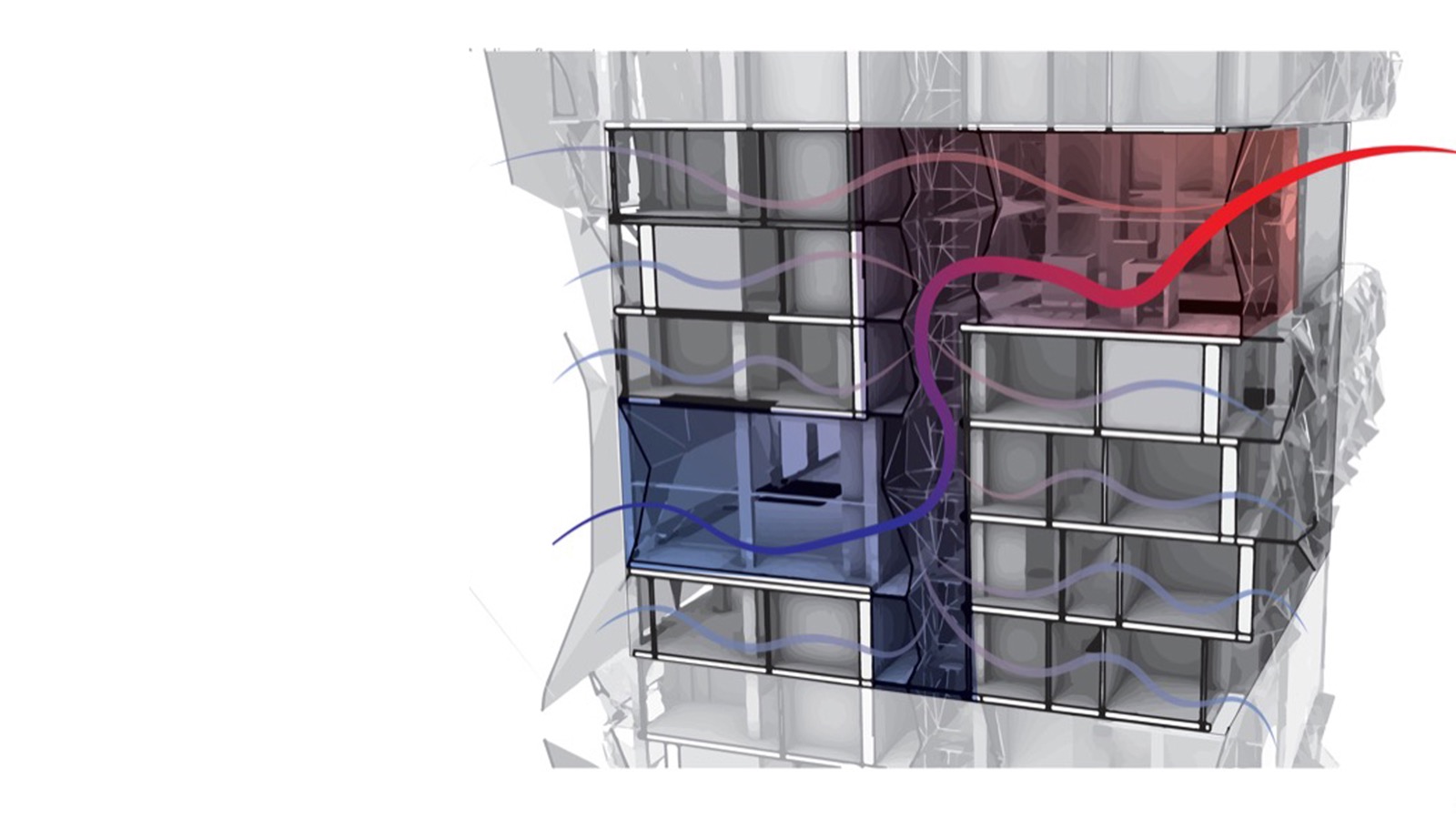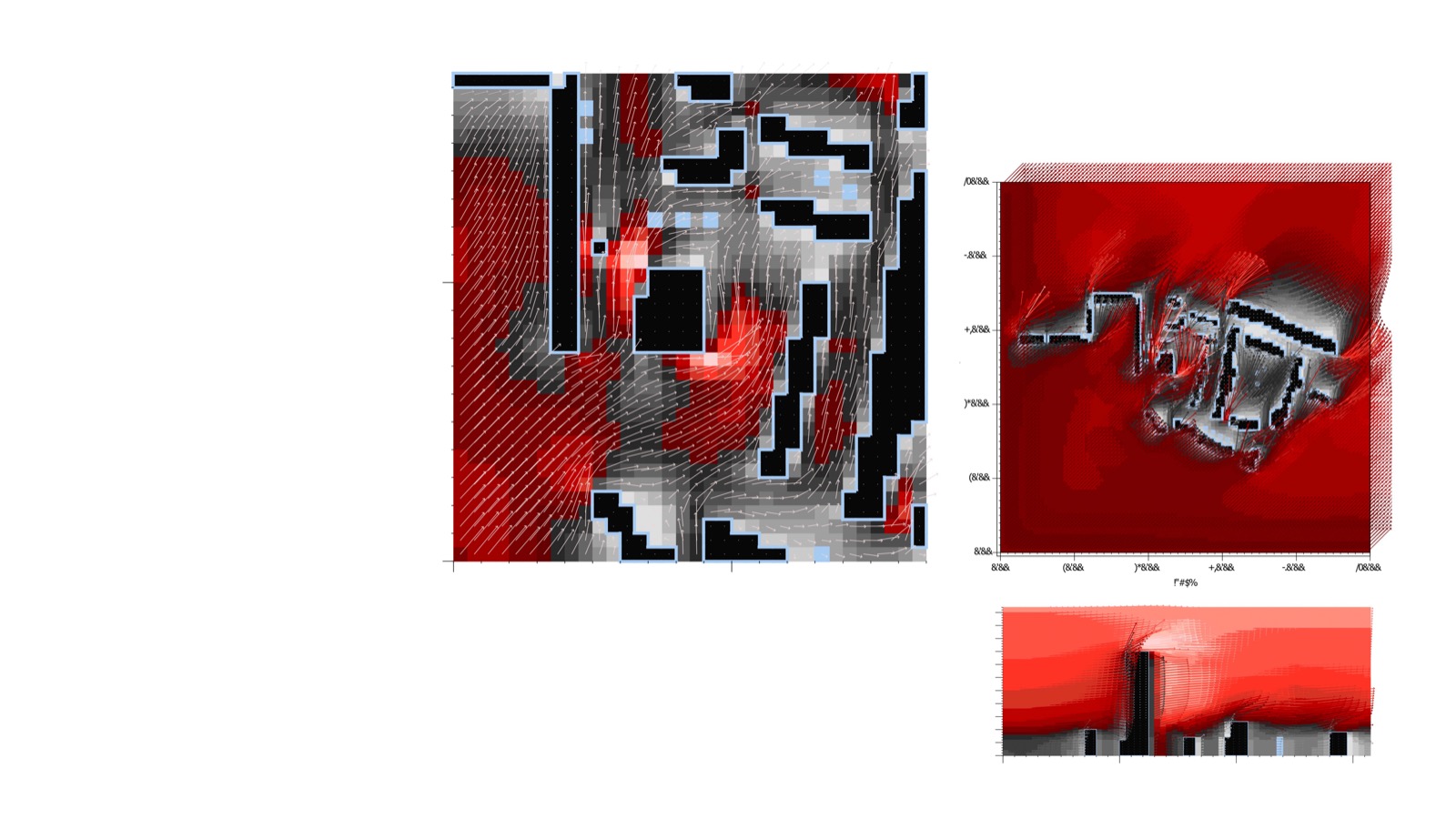BSc Architecture and Environmental Design Year 2 ARCHIVE
Tutors: Stefania Boccaletti, Mehrdad Borna and Yota Adilenidou
Stefania Boccaletti studied, practised and taught Architecture in Italy, Canada and England. Throughout her carrier as a practitioner and academic she has developed an interest on the impact of digital tools on the design and fabrication process in the field of architecture.
Mehrdad Borna has over 16 years’ architecture, sustainability and environmental design experience in professional practice and higher education, specialising in issues of air quality and environmental design. He offers consultation and advice to a range of air quality and environmental design related projects, both in the private and public sector.
Yota Adilenidou studied in Greece & USA and holds a PhD from The Bartlett, UCL. She has been teaching for 15 years in Greece & UK. Her practice focuses on the research of computational methodologies and digital fabrication for the evolution and activation of matter and form.
Spatial Poetics and Human Comfort in the Age of Climate Change
Based on concepts of transformation and application, second year students developed skills to incorporate both intuitive and evidence-based tools into their design. This evidence-based approach equips students with tools to implement environmental design principles on top of which they could playfully develop their design proposals.
Four briefs introduced students to increasingly complex scenarios and provided them with the opportunity to learn new digital and analogue tools for understanding, simulating and representing the urban and environmental context with analytical precision. The data underpinning these exercises constituted the foundation for the development of their design proposals.
The first brief required students to analyse an urban area around Piccadilly Circus and communicate both its urban character and environmental parameters, including light/shadow, air pollution, wind, thermal (pattern of temperatures), and acoustic (noise pollution). The outcome was a meaningful environmental design strategy that informed the design of an inhabitable interface for the second brief.
Briefs 3 and 4 examined the effects of climate change on the performance of existing buildings, in particular on Ferrier Point, a residential tower in Newham. Students were encouraged to work towards the Net Zero Carbon building (NZEB) concept. Students developed performance-based designs to retrofit Ferrier Point to make it resilient to the challenging climatic conditions that will exist between now and 2080.
Archive of Architecture and Environmental Design Year 2’s work from previous years:
BSc Architecture and Environmental Design Y2 2018-2019
BSc Architecture and Environmental Design Y2 2019-2020
BSc Architecture and Environmental Design Y2 2020-2021










